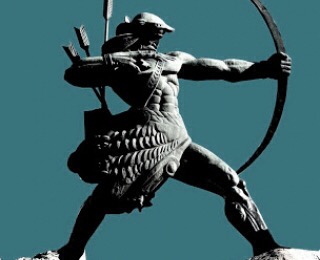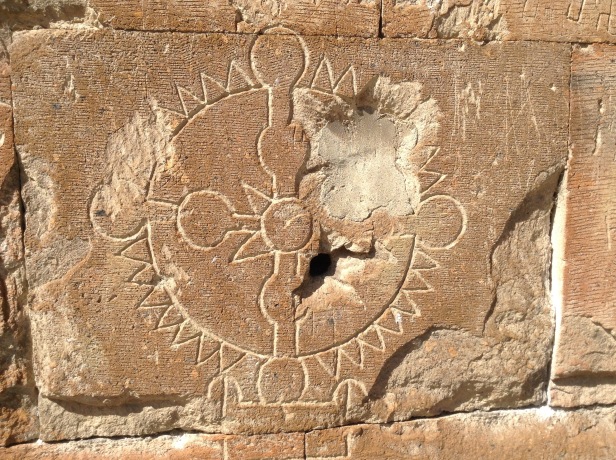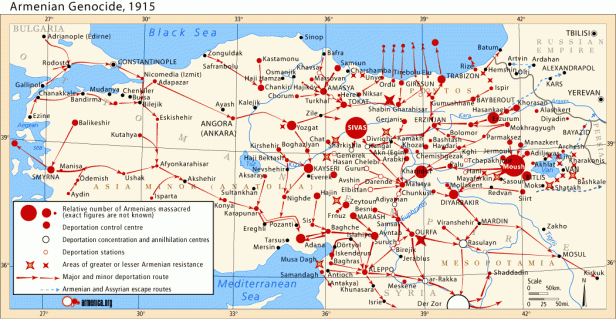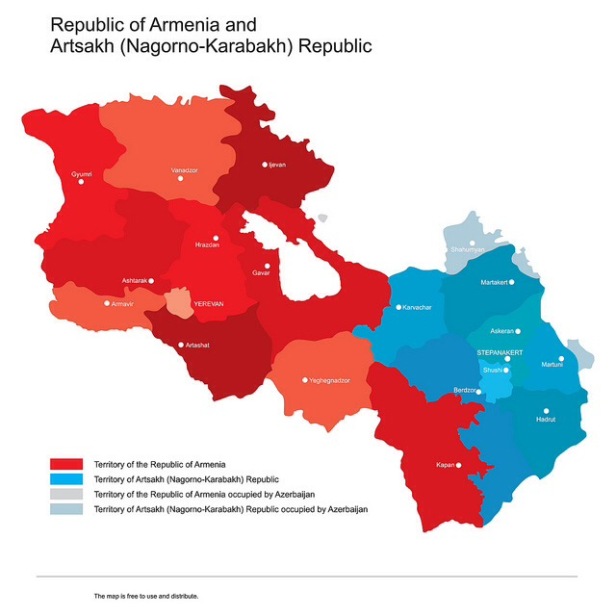Let’s start our acquaintance with Biblical Land Armenia. The information about the origin and the history of the country is taken either from the local or from foreign sources, such as Sumerian, Greek, Hittite, Persian inscriptions,
and historians. The Sumerian sources inform us about Aratta (from Ararat) country 28th-22th centuries B.C. That was a theocratic country similar to Egypt and Sumer. The main god-protector of Aratta was Hayk, the son of god creator Haya who created the human beings from clay. Armenians have been called their country the Land of Hayk for almost 5000 years.
Armenian Kingdoms
The Armenian Highland is situated between the Mediterranean, Caspian, and Black seas. You can find the Armenian Kingdom of Van or Urartu in the famous 5th century B.C. Babylonian map (tablet). In the 1st century B.C. The Armenian Kingdom was from the Caspian Sea to the Mediterranean.
The First Christian Nation
In 301 the Armenian Kingdom was the first to proclaim Christianity as the only state religion.
The Longest Period Without Independence
Many powerful countries wanted to obtain this important position ( such as Assyria, Babylon, Rome, Persia, Byzantine Empire, Arabic Khalifat, Seljuk Turks, Mongols, Ottoman Empire, Russia, etc ). Armenia has been divided between other countries for several times. That’s why there is Western Armenia and Eastern Armenia. Armenians didn’t have independence on the Armenian Highland for almost 900 years (1045-1918).
The Armenian Kingdom away from the Armenian Highland
After the collapse of the Armenian kingdom, a new one was formed near the Mediterranean Sea-the Armenian Kingdom of Cilicia (1198-1375).
The Genocide
The Ottoman Empire(1300-1918) obtained the Western part of the Armenian Highland, where there lived 2.000.000 Armenians before 1914. During WWI the program of the elimination of the Armenian nation was turned into life in the Ottoman Empire.1.500.000 Armenians were cruelty killed the others were deported to the Syrian deserts.
Thanks to foreign missionaries hundreds of thousands of Armenian orphans were taken to different parts of the World. The Eastern part of the Armenian Highland was under Russian control and patronage until 1917 ( Soviet Revolution). In 1918 the Turkish army entered Armenia. The aim of the Turkish government was the elimination of the Nation, for the Armenian People the Victory was the question of Existence. There were three main battles between the Armenian People and the Turkish regular army. Armenian People Won thanks to genius leaders and generals, thanks to the faith and the unity. On May 28 of 1918, Yerevan has proclaimed the capital of the First Republic of Armenia and became the symbol of the Revival of the Nation. In 1920 Armenia became one of the Soviet Republics.
1920-1991- Soviet Armenia
In the Soviet period Armenian cultural and industrial life was as active as in other soviet republics. The discussion of any National question was strictly prohibited. No one could speak about the Genocide, even the survivors were not allowed to speak about their life of that period (until 1960-s). Armenian provinces of Artsakh ( Nagorno Karabakh) and Nakhijevan were given to the Eastern neighbor Soviet Azerbaijan.
1988-1994 Artsakh (Karabakh) Movement
In the period of Perestroika, the Armenians thought they could start speaking about the reunion of the two provinces to Soviet Armenia. The provinces, as mentioned, were given to Soviet Azerbaijan in 1921-1923. Though according to the referendum results the local population wanted to be reunited with Mother Armenia, they had a different response from Baku and Moscow. After the massacres of the Armenians living in Soviet Azerbaijan, after the perpetual bombardment of the capital of Nagorno Karabakh, Armenians were ought to fight for their Existence one more time. The Armenians fought 1 against 10, but the Faith, the Unity, and the desire of Existence were stronger than the number of the enemy. So, in 1994 the Armenians Libarated Artsakh!

Independent Armenia since 1991 or the Secret of the Existence
What saved this Nation from elimination? The strong Faith, the National Church, the Language, and the Unity. Armenia is eager to obtain its own role in the World, saving the historical and cultural heritage, remembering the ancestors, and looking forward.









Comments